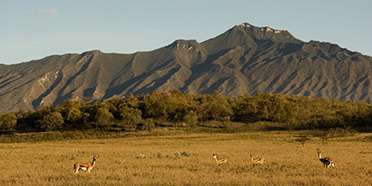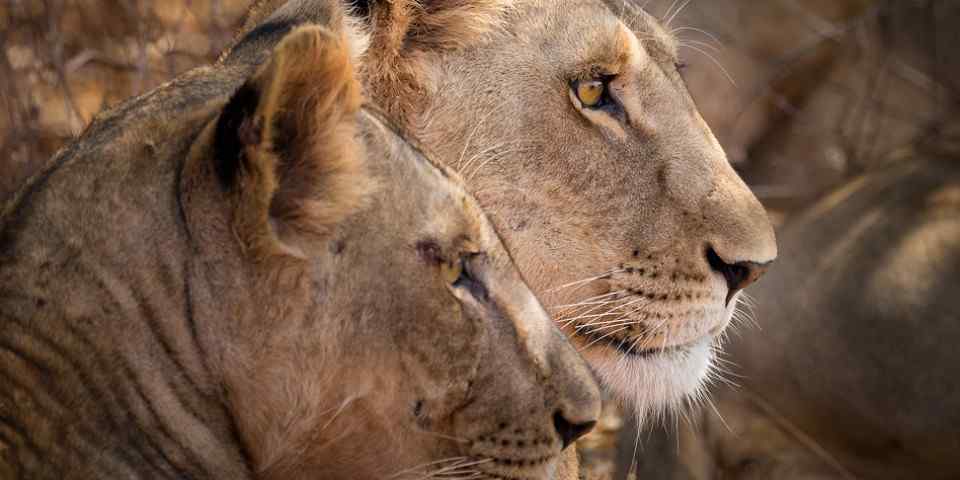
Safari Tours to Hell’s Gate NP
-
![7-Day Living Among the Elephants]()
7-Day Living Among the Elephants
$1,007 to $1,227 pp (USD)
Kenya: Shared tour (max 7 people per vehicle)BudgetTented Camp & Hotel
You Visit: Nairobi (Start), Masai Mara NR, Lake Nakuru NP, Hell’s Gate NP, Amboseli NP, Amboseli NP, Nairobi (End)

Sunstrip Africa Safaris
4.5/5 – 38 Reviews
-
![5-Day Kenya Budget Tour Masai Mara-Nakuru- Hells Gate]()
5-Day Kenya Budget Tour Masai Mara-Nakuru- Hells Gate
$640 to $825 pp (USD)
Kenya: Shared tour (max 7 people per vehicle)BudgetTented Camp & Hotel
You Visit: Nairobi (Start), Masai Mara NR, Lake Nakuru NP, Hell’s Gate NP, Nairobi (End)

Bienvenido Kenya Tours and Safaris
4.7/5 – 124 Reviews
-
![5-Day Mara, Nakuru & Naivasha Midrange 4x4 Group Safari]()
5-Day Mara, Nakuru & Naivasha Midrange 4x4 Group Safari
$1,161 to $1,381 pp (USD)
Kenya: Shared tour (max 8 people per vehicle)
Mid-range Resort & HotelYou Visit: Nairobi (Start), Masai Mara NR, Lake Nakuru NP, Hell’s Gate NP, Nairobi (End)

Dosasha Tours and Safaris
5.0/5 – 46 Reviews

 Kenya Parks
Kenya Parks





